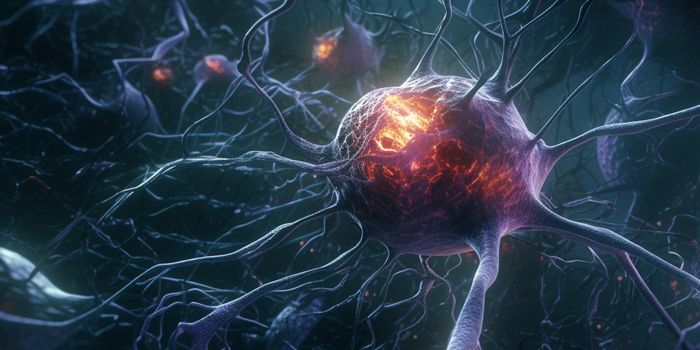Junk DNA Helps Control the Body Clock
Our bodies run on a kind of molecular clock, which helps regulate and time certain functions beyond just waking and sleeping. Also known as the circadian rhythm, disruptions in our bodies’ natural timing have also been linked to health disorders including cancer and diabetes. Scientists have long been interested in learning about the cellular machinery that underlies our body clock.
Scientists have now found that the circadian rhythm relies on more than just ‘clock genes’ that produce proteins that are crucial to controlling the daily cycles of biological organisms. Reporting in the Proceedings of the National Academy of Sciences, researchers have now shown that molecules called microRNAs (miRNAs), which come from portions of the genome that do not code for protein, are critical to the circadian clock. While microRNAs do not produce protein, they do have crucial regulatory functions.
"We've seen how the function of these clock genes are really important in many different diseases," said Steve Kay, Provost Professor of neurology, biomedical engineering and quantitative computational biology at the Keck School of Medicine of USC (University of Southern California). "But what we were blind to was a whole different funky kind of genes network that also is important for circadian regulation and this is the whole crazy world of what we call non-coding microRNA."
Much of the research done in genetics in the past has focused on the very small part of the genome that codes for proteins, which are responsible for so many functions that keep an organism alive. But there’s a lot more to the genome, and scientists are starting to learn more about what was once thought of as a bunch of junk. There are hundreds of miRNAs, however, so figuring out what they all do will take time.
This led the researchers to use a high-throughput approach that was conducted in part by robotic machines. Kay’s team created an assay that could individually transfer one of nearly 1000 miRNAs into special cells that glowed on and off based on where they were in a circadian cycle. They worked with the Genomics Institute of the Novartis Research Foundation (GNF) on this effort.
"The collaboration with GNF made it possible for us to conduct the first cell-based, genome-wide screening approach to systematically identify which of the hundreds of miRNAs might be the ones modulating circadian rhythms," said Lili Zhou, a research associate in the Keck School's Department of Neurology.
"Much to our surprise," said Kay, "we discovered about 110 to 120 miRNAs that do this."
They followed up on these miRNAs by deleting them in their glowing cell line and showed that their absence caused the opposite effect as their addition.
The work also revealed that some miRNAs have a connection to behavior. When a cluster of miRNAs was inactivated in a mouse model, compared to normal mice the ones carrying disrupted the microRNAs miR 183/96/182 did not have the same running activity at night.
When they looked at specific types of tissues in these animals, there were a variety of impacts that depended on tissue type.
"In the brain, we're interested in connecting the clock to diseases like Alzheimer's, in the lung we're interested in connecting the clock to diseases like asthma," said Kay. "The next step I think for us to model disease states in animals and in cells and look at how these microRNAs are functioning in those disease states."
Sources: AAAS/Eurekalert! via Keck School of Medicine of USC, Proceedings of the National Academy of Sciences









